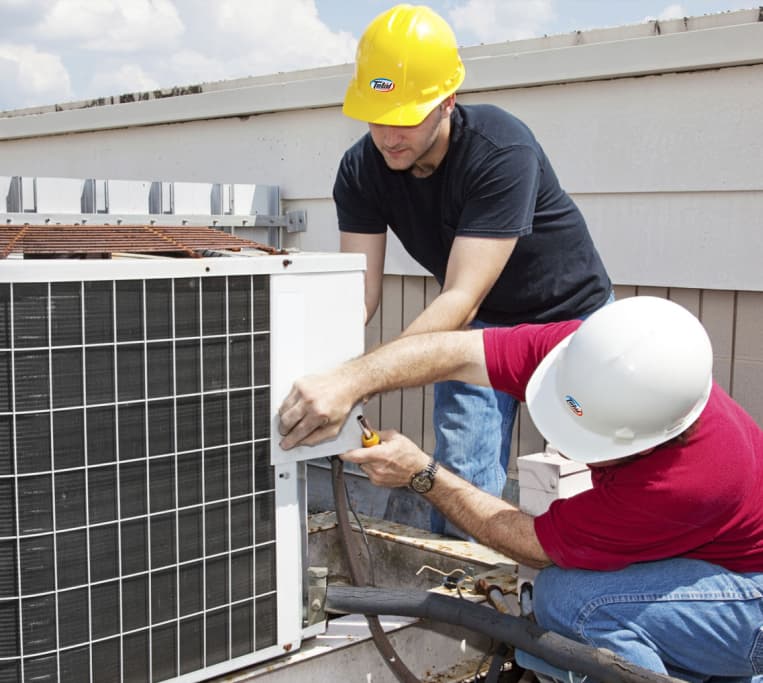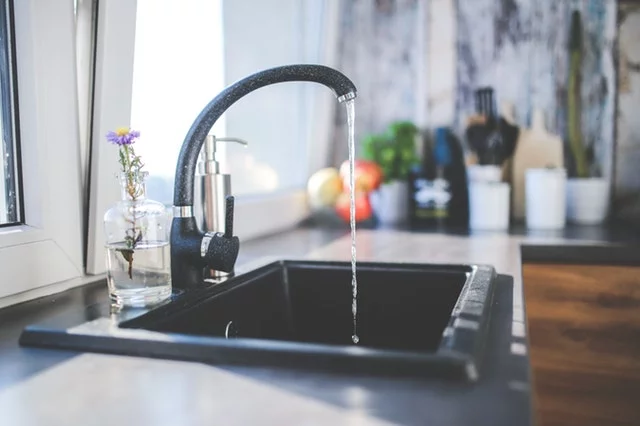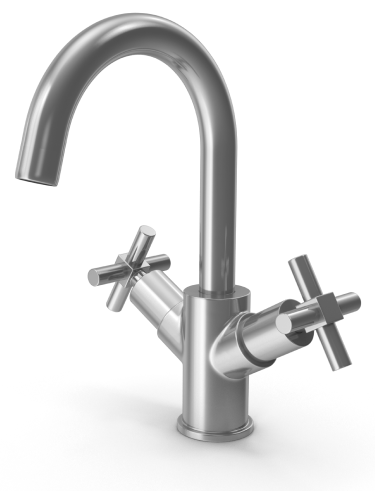

While a small leak may not seem like a big deal, it is still essential to take care of it right away. If ignored, it can turn into a dangerous and costly problem. Leaks are common in both gas and electric storage-style water heaters, but many fixes can take care of it quickly.
We will take a look at many sources of leaks in gas and electric water heaters and go through repair solutions in this guide. If you are an experienced enough DIYer and feel comfortable working with your heater, you might be able to handle some minor repairs yourself. Although, for safety reasons, leave complex maintenance repairs to the care of a licensed professional.
Repairing Leaks in a Storage-Style Hot Water Heater
This guide covers leaks that occur in storage (tank style) electric and gas water heaters. Before you tackle any repairs, be sure to take the following safety precautions:
- On an electrical device, the first thing you must do is turn off the power. Do not open any access panels while the power is still on.
- Check using a multimeter first, an instrument that can measure multiple electrical properties, on an outlet that you know is working before checking an electric water heater. Turn the gas pilot control valve to “pilot” on a gas heater.
- For both a gas and an electric heater, be sure to turn off the water supply. This is a crucial step, as you may get severely burned if hot water comes out while you are working on it.
Temperature and Pressure Relief (T&P) Valve Leaks
You may have discovered a leak through the T&P relief valve as there may be a large volume of water coming out of it. This usually occurs when the water temperature has become too hot.
Here is what you can do:
- Check the temperature reading on the thermostat, and lower it if it is too high. You should set the temperature to 49°C (120 °F) for an ideal balance between safety and comfort.
- Ensure that the thermostat fits tight against the tank.
- Check that the thermostat is working correctly. If it is not, replace it.
- The valve itself may be faulty and require replacing. You will need to drain your tank before restoring the lid.
Leak at the inlet connections
You may find that the source of the leakage is at the connection of either the hot water outlet pipe or the cold water inlet pipe and the heater. If the leak is minor, tighten the connection with a pipe wrench. If this does not solve the problem, you should call a professional.
The tank itself is leaking at the bottom
If you discover that water is leaking out of the bottom of the tank, and the tank is more than eight years old, it is likely time to replace it. Unless you are a licensed professional, it is best to call an expert and have them install a new hot water tank.
The heater drain valve is leaking
Another common source of leaks is the heater drain valve. This may be caused either by a faulty valve or by debris buildup inside the pipe. The first thing you can do is open the valve and flush out debris from there. If this does not help and the leak persists, you will need to replace the valve itself.
Heating element gasket is leaking
If this element is leaking, a DIYer may have a challenging time figuring it out because of insulation and an access panel cover gasket on the side of an electric heater. Over time, the natural wear and tear process causes the gasket to no longer be watertight and require replacing.
To ensure your water heater is fixed correctly, contact Total Plumbing. Our licensed technicians will give your tank a thorough inspection and make the best possible recommendations.
Additional Resources
Get a fREE quote today!
Whether you need new equipment, service on old equipment, or cleaning and repair, we are the team you can trust.


%20(1).jpg)

.jpg)

